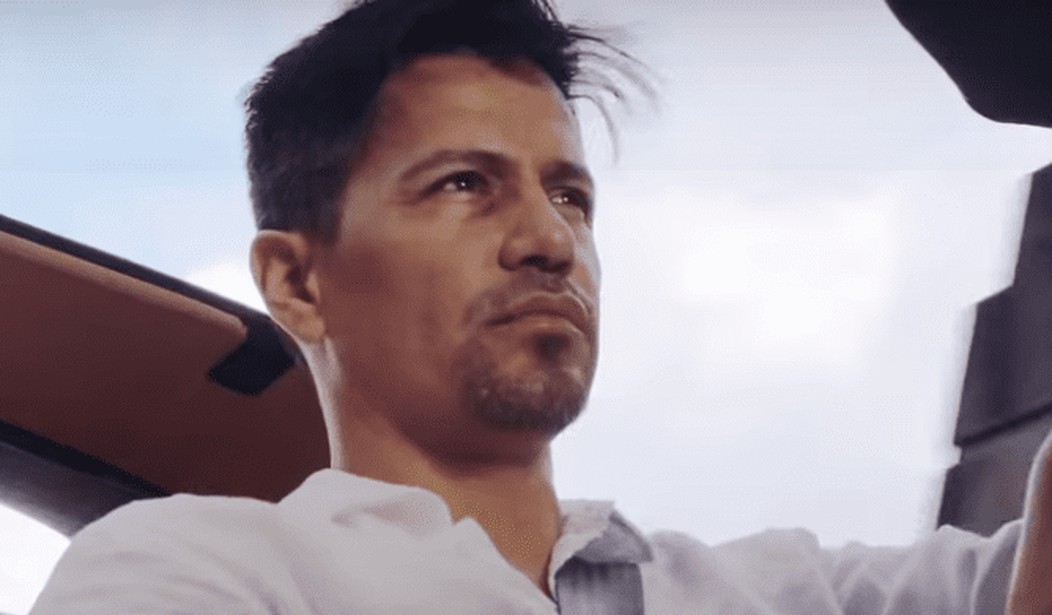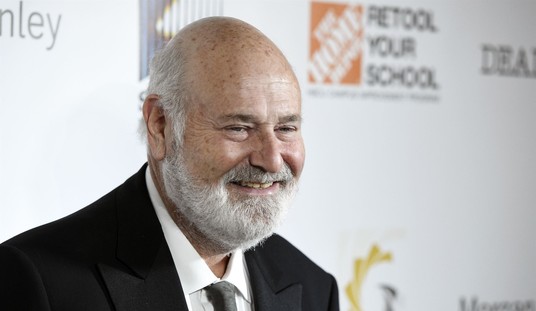It was bad enough that CBS added Magnum P.I. to the list of TV reboots, joining Murphy Brown, Rosanne, MacGyver, and, of course, the pallid Hawaii Five-O—but the fact that this unwatchable memory-killer has been renewed has to be a sign of the broadcast TV apocalypse.
It’s also undoubtedly a pure business decision, a twofer that helps amortize expenses for CBS’s Hawaiian production studios.
But while the original Magnum P.I. may not be one of television history’s most prestigious shows, it is certainly one of the most iconic—and its important place in television history should be appreciated.
In 1980, Magnum P.I. began a resurgence of serious action shows on network TV. In 2018, however, the dreadful reboot was evidence that the traditional TV networks were flat out of ideas, while cable and streaming services put out more good television than it’s possible to watch.
When Magnum P.I. premiered in December of 1980, the nattering nabobs had all but banished real violence from network television. At the end of the second Magnum P.I. episode, I remember my college roommate happily saying, “Finally, violence is off the streets and back on TV where it belongs,” as you could hear cheers from other dorms as the episode “China Doll” ended with Magnum blowing a Kung Fu assassin’s head off at point-blank range. (Remember, we only had three networks back then, and had to watch stuff during the actual broadcast time.)
A month later, Hill Street Blues debuted, giving me exactly two television non-sitcoms I could stand to watch.
By the time Magnum signed off, the network schedule included Moonlighting, Tour of Duty, China Beach, Wiseguy, The Equalizer, LA Law, Miami Vice, Simon and Simon, Quantum Leap, Hunter, and, ironically, the original MacGyver.
But even more importantly, Magnum P.I. was the first television show to treat service in Vietnam as something important and heroic—even as the main characters dealt with aftereffects of their service, and Magnum sometimes tangled with his old bosses.
The brainchild of Donald P. Bellisario—whose previous military-themed shows included Black Sheep Squadron and who would later bring us JAG and NCIS—the show was set in a military town with vets as its main characters (including Higgins), which was integral to Magnum P.I.
Whatever silliness the show might occasionally lapse into, the topic of war was always treated seriously. It also formed one of the great backstories in episodic television history—and was the first TV show of its type to develop one to that extent.
In the current Magnum P.I., his SEAL past is mainly there to tell us why he’s almost a superhero in a premiere directed by Fast and Furious director Jeremy Lin. (It’s also problematic that the characters are, as in the original, described as former POWs. For Vietnam vets, that was one thing, but for a trio of Special Forces guys who served in … Afghanistan? That either takes some explaining or is just more evidence of the producers’ tin ears.)
Thankfully, CBS seems to be also standing by broadcast TV’s best hour of drama, the authentic and compelling SEAL Team.
Magnum also introduced Tom Selleck as a television star who seemed destined to be the next James Garner, that actor who could comfortably inhabit both the large and small screen. Perhaps in the studio system, he might have, but at least Selleck has had a career that has seemed too big for TV for going on four decades.
I’ll admit it. When I was young, I wanted to be Thomas Magnum. Now that I’m a new grandpa, I want to be a lot like Commissioner Reagan.
Magnum P.I. 2018 instead offers us a pretty boy in Jay Hernandez, who seems about as rugged as an Abercrombie model. He generates no chemistry with anyone in any scene and his character is just as blah. And face it, doesn’t it seem like Commissioner Reagan could just walk in and dispose of this guy with one cuff upside the head?
I won’t even get into the fact that the modern producers who were rebooting a show that already had a tradition of naturally diverse casting, are patting themselves on the back for making Thomas Sullivan Magnum a Latino and Higgins a woman.
The Magnum reboot title was more an insult than a homage, named “I Can See the Sunrise.” It’s a takeoff on one of Magnum’s most memorable lines in one of the two superb two-hour movies the series produced [MAJOR SPOILER ALERT] as he executes the KGB officer who tortured him and his friends while they were prisoners of the North Vietnamese—“Hey, Ivan, did you see the sunrise?”
The other great Magnum movie was Memories are Forever, the early second season update, of sorts, of Casablanca (with violence), which set the stage for the long-running back-story of Magnum’s family and continuing involvement with intelligence operations against the Vietnamese Communist government—and Magnum’s love-hate relationship with his old commanders.
Meanwhile, the second season of the modern Magnum will continue to ruin memories—as long as it’s produced by people who are incapable of even making a 30-second episode promo that’s not cringe-inducing.









Join the conversation as a VIP Member